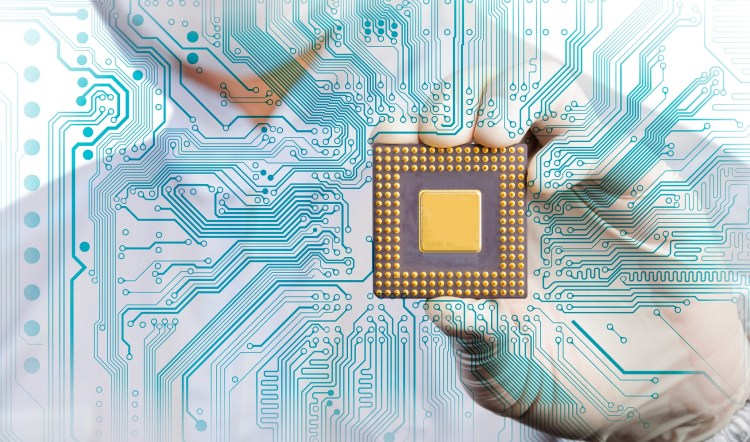Over the past several years there has been continuous speculation that Moore’s Law is about to come to an end. The doomsayers believe we are about to reach an impenetrable wall. But this isn’t the end of the line.
Moore’s Law was never really about just transistor counts and nanometers. It was about what the benefits of new processes and new designs meant for PCs, data centers, cloud services, embedded products, mobile devices, etc. And the arrival of quantum computing elements, among other things, should give us alternative ways to get those gains.
Moving to Moore’s Law 2.0
The real question is, as we move to Moore’s Law 2.0, can chip vendors like Intel (and ultimately the rest of the industry) maintain the kinds of performance, cost and technology improvements we have all come to expect over the past 60+ years?
That’s not to say that Moore’s Law 1.0 is dead yet. We still have at least the 10 and 7nm process steps to go through, which Intel already has in its roadmap and which other chip vendors will follow with too. But it’s time to refocus the conversation to discuss results and not process steps. The industry needs to focus its message around what the concept of Moore’s Law means to consumers. That message must stress benefits and outcomes, not process technology or number of transistors.
Semiconductor companies and end product vendors should refocus the conversation for Moore’s Law 2.0 by highlighting real world outcomes rather than the raw and often meaningless numbers. Here is my brief list of what I think all the major semiconductor firms and product vendors should focus on:
- Focus on the expected improvements as process technology continues its march from 10nm to 7nm and beyond rather than promoting the actual process step. Some have speculated that beyond this process step, Moore’s Law will fail. But it’s not necessarily true, and new ways to get smaller may be discovered. Even if this is the end, it’s still 4-5 years away. But discernible user benefits will continue beyond that timeframe.
- Focus on the gradual improvements in transistor designs and materials, not just on the size of the transistors. Many of the improvements we see today were not based on the downscaling of the process but on the redesign of the transistors themselves (e.g., FinFets, metal gates, strained silicon). There is no clear end to the improvements we can find in this way.
- Focus on things that aren’t directly related to nm or transistor count, like new memory for performance enhancements, new buses, new communications necessary to make future devices work in an increasing interconnected world, associated software assets, etc. All of these things will have a major impact on Moore’s Law 2.0. And all will do a lot to improve chips and finished devices.
- Focus on how leading semiconductor companies’ expertise in all aspects of architecture and design/process means they can “fine tune” to meet different processor needs, from high end multiprocessing and graphics down to embedded IoT and communications/5G. Moore’s Law 2.0 benefits are not a result only of Moore’s Law’s original assumptions but also of the improvements in overall chip design.
- Focus on the fact that many of the newest/latest tech improvements powering “things” are not a direct result of pushing the leading edge of Moore’s Law and consequently will continue to make advances accordingly. In fact, a very large number of chips deployed today aren’t even close to pushing the edge of Moore’s Law as we currently know it. Many use older 20nm, 24nm, and even 40nm process technology. They don’t need to be leading edge to be successful at their tasks.
- Focus on “consumer meaningful” measurements, like expecting the battery life to continue to improve per generation, new memory tech to improve performance and reduce power, a continued march in improved graphics to a future of AR/VR, moving to the forefront of the communications revolution with 5G and beyond, etc.
Moore’s Law 2.0 is not just about outdoing the competitor in the most advanced process technologies with the most transistors, as some have argued when comparing current generations of chips. Rather, it’s about creating truly beneficial architectures and designs that combine process, technology, and functional design elements to maximize consumer benefits for newer generations of processors. We’ve seen the silicon vendors do this very effectively in the past. I have no doubt that the beneficial effects of Moore’s Law 2.0 will continue for many years to come even if Moore’s Law 1.0 reaches its physical limits.
Jack Gold is the founder and principal analyst at J.Gold Associates, LLC., an technology analyst firm based in Northborough, MA., covering the many aspects of business and consumer computing and emerging technologies. Follow him on Twitter @jckgld or LinkedIn at https://www.linkedin.com/in/jckgld.
VentureBeat's mission is to be a digital town square for technical decision-makers to gain knowledge about transformative enterprise technology and transact. Learn More

